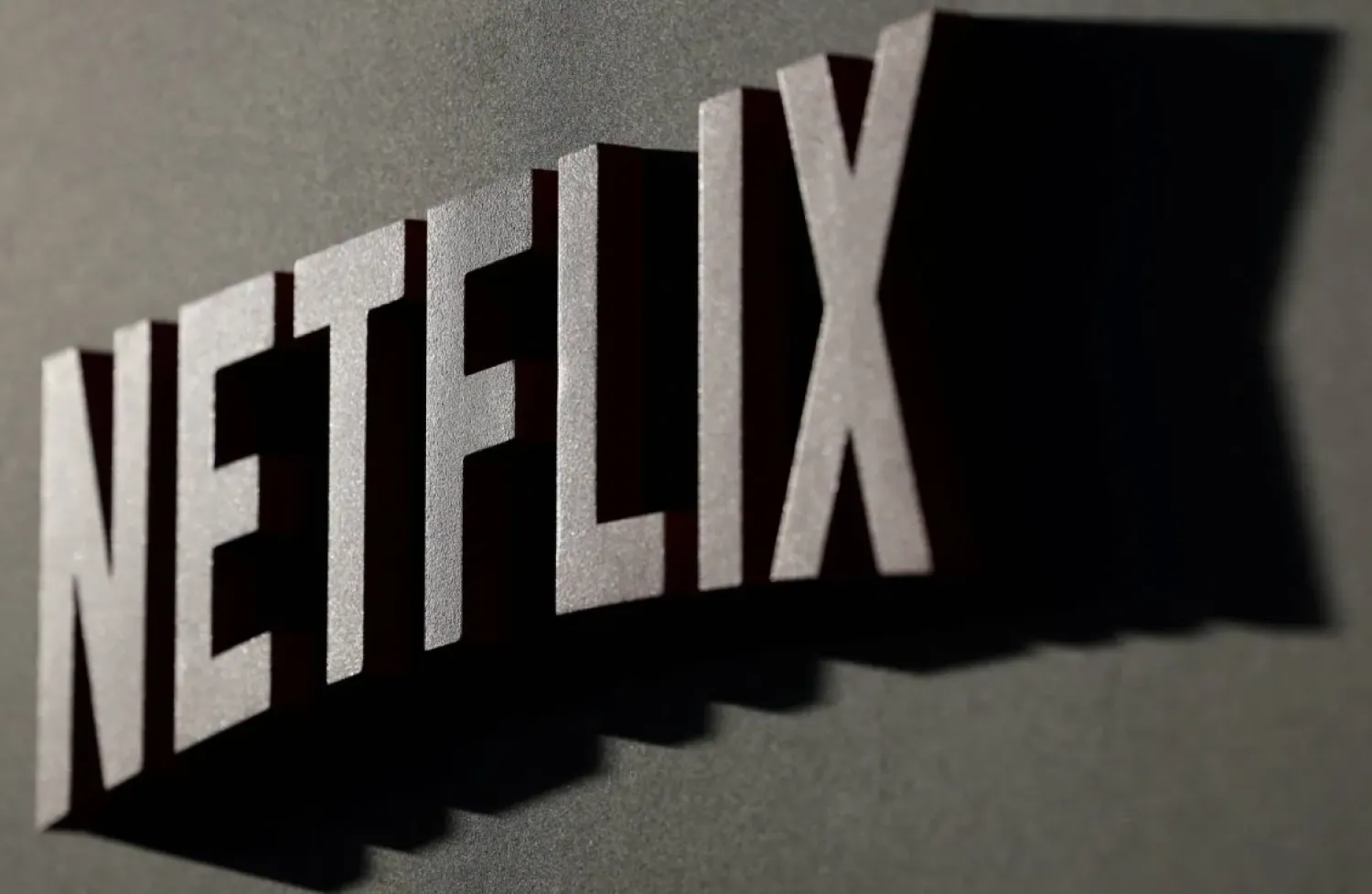As the comedy “black-ish” ended its run after eight seasons with a relatively modest live audience of 2.52 million viewers, ABC is already pivoting to what it hopes is its next defining sitcom.
The “black-ish” series finale last week featured a storyline where series stars Anthony Anderson and Tracee Ellis Ross move their fictional Johnson family from the predominantly white area where they had been living to a neighborhood with more Black families.
It was the largest audience for the series since its final season debut in September, according to the Nielsen company, and certain to increase when delayed viewing is taken into account.
The series earned four Emmy Award nominations for best comedy in an era where it’s unusual for a broadcast series to be recognized.
Less than a week later, at a New York dinner held by ABC parents Walt Disney Co. on Monday to showcase its creators, a spotlight was on Quinta Brunson, creator and star of the new sitcom “Abbott Elementary.”
The series based in a Philadelphia elementary school and inspired by Brunson’s mother, a kindergarten teacher, debuted in December to strong reviews. It ended its first season on April 12 with an average of 2.9 million viewers per episode, which swelled to 8 million when a full month’s delayed viewing is counted in, Nielsen said.
Brunson said that she’s a fan of workplace and family comedies, which have been a staple of ABC’s lineup for generations.
“I think the world was really longing for that kind of feeling again — the things we got from older shows like ‘Family Ties’ and more modern shows like ‘The Office’ and ‘Parks & Rec,’” she said.
The show will be back for a second season in the fall.
CBS won the week in prime-time last week with an average of 4.5 million viewers, led by “60 Minutes,” which was the week’s top-ranked show for the sixth time this season. NBC averaged 3.01 million viewers, ABC had 2.96 million, Fox had 2 million, Univision had 1.4 million, Telemundo had 970,000 and Ion Television had 960,000.
TNT led cable networks with a prime-time average of 2.62 million viewers. Fox News Channel had 2.25 million, ESPN had 1.33 million, MSNBC had 1.09 million and HGTV had 1.03 million.
ABC’s “World News Tonight” led the evening news ratings race with an average of 7.8 million viewers. NBC’s “Nightly News” averaged 6.7 million and the “CBS Evening News” had 4.9 million.









